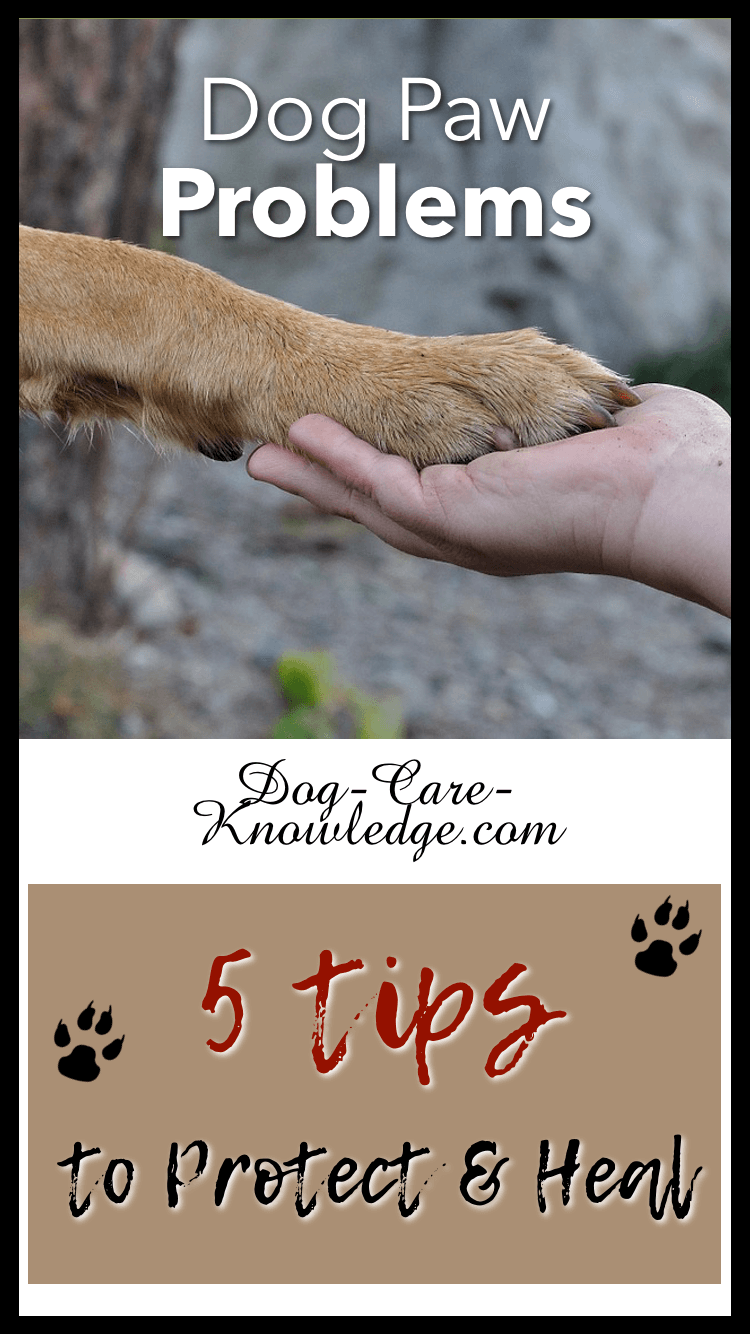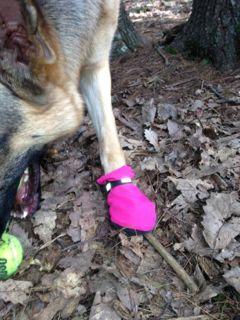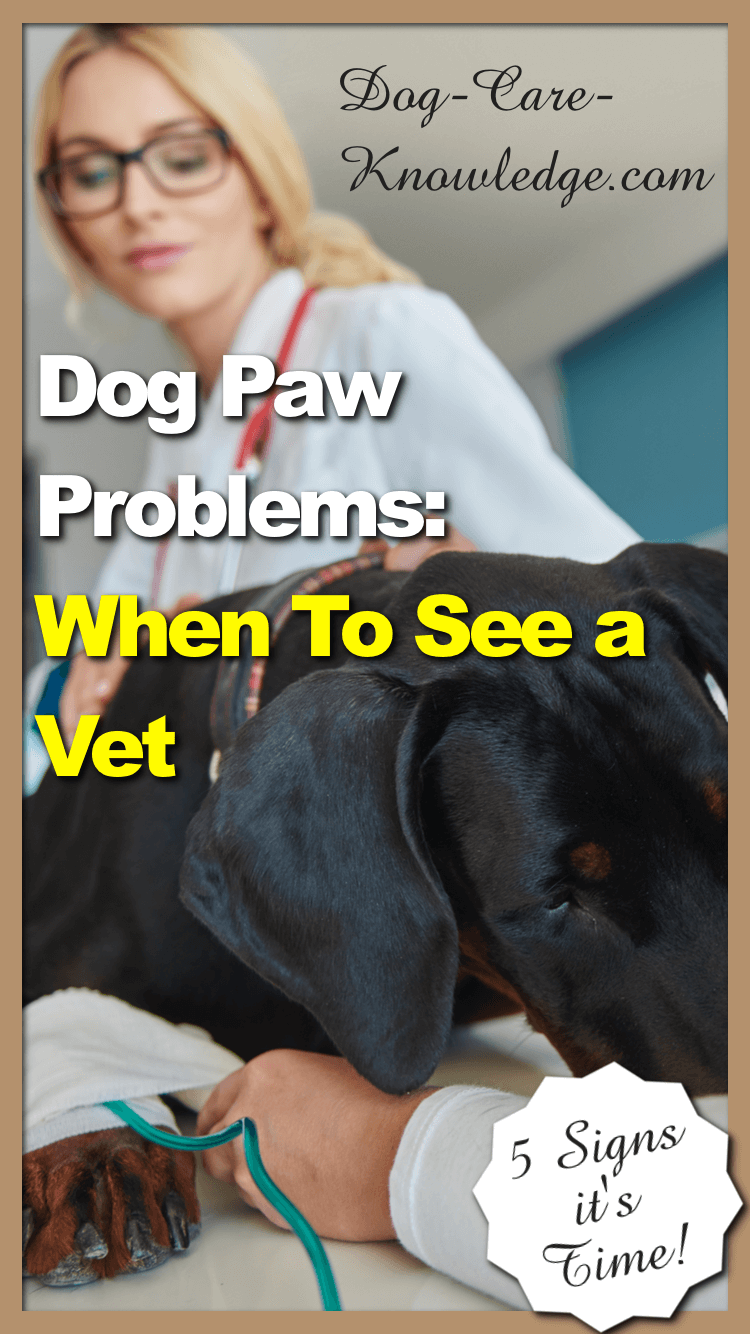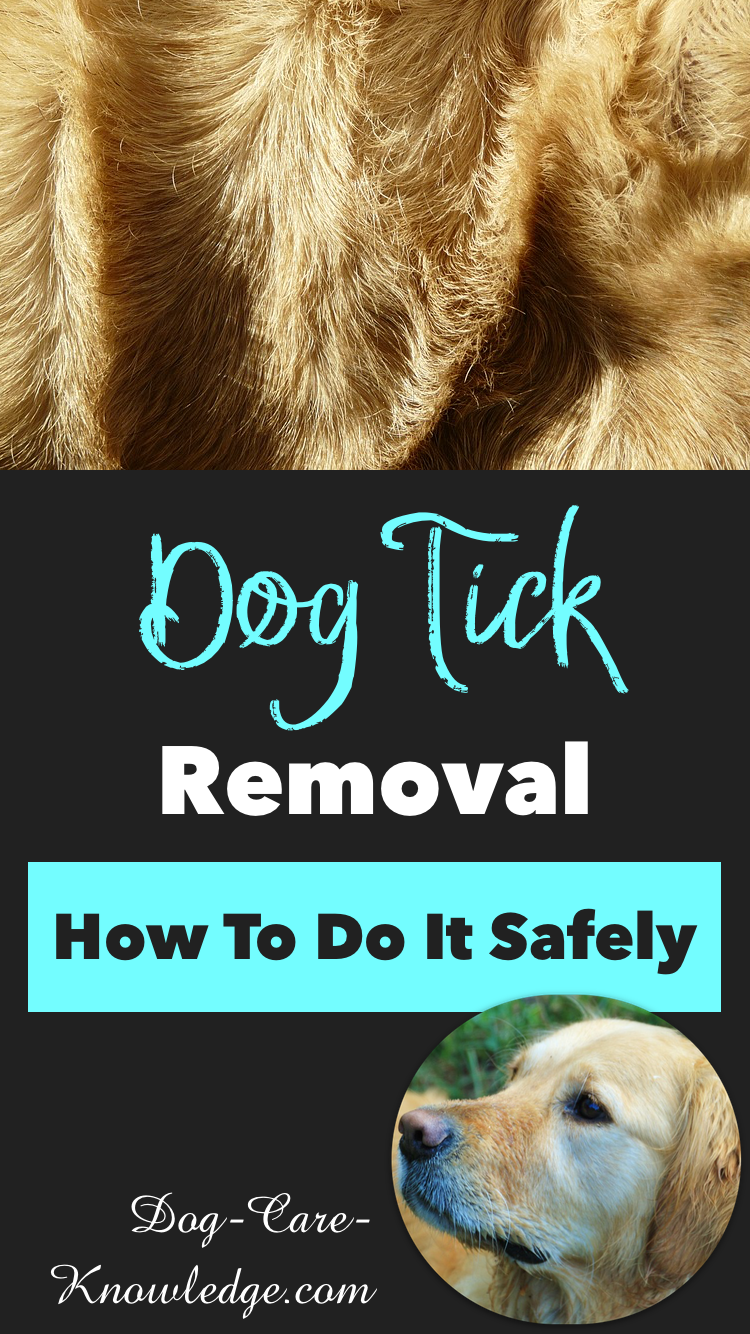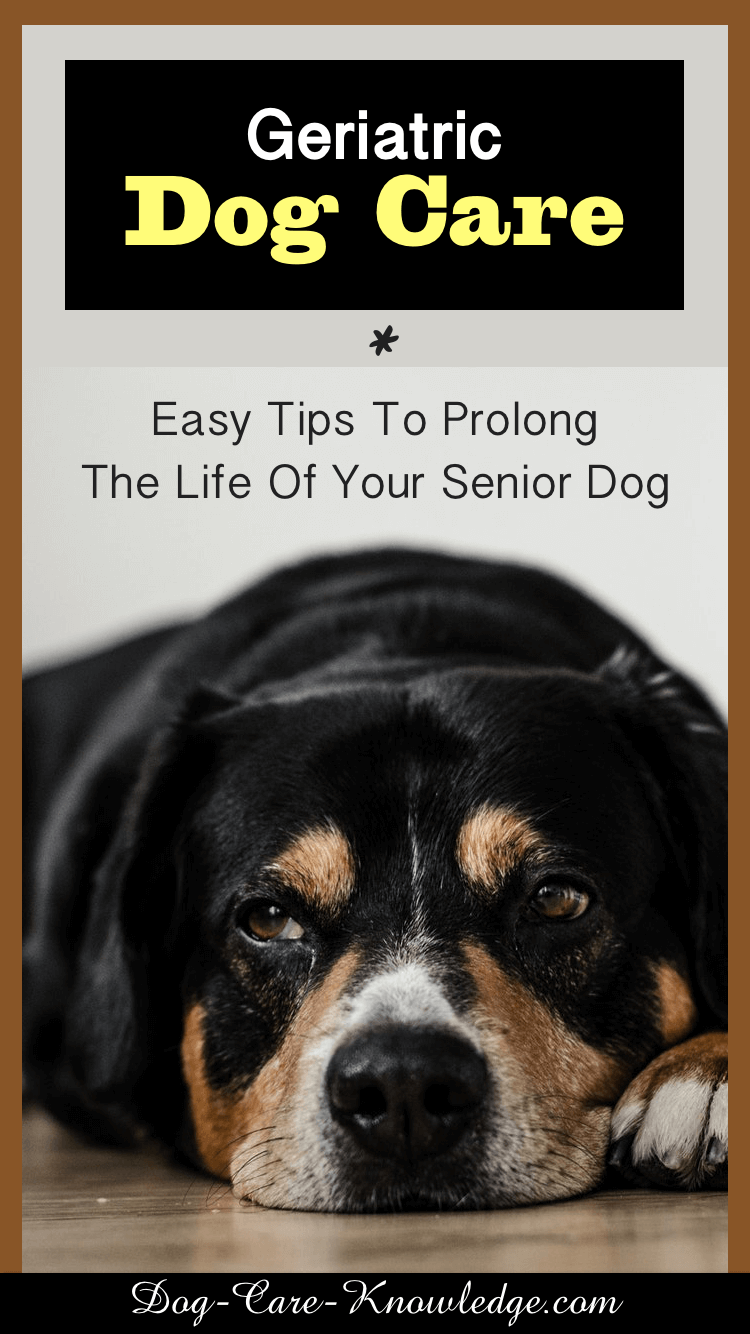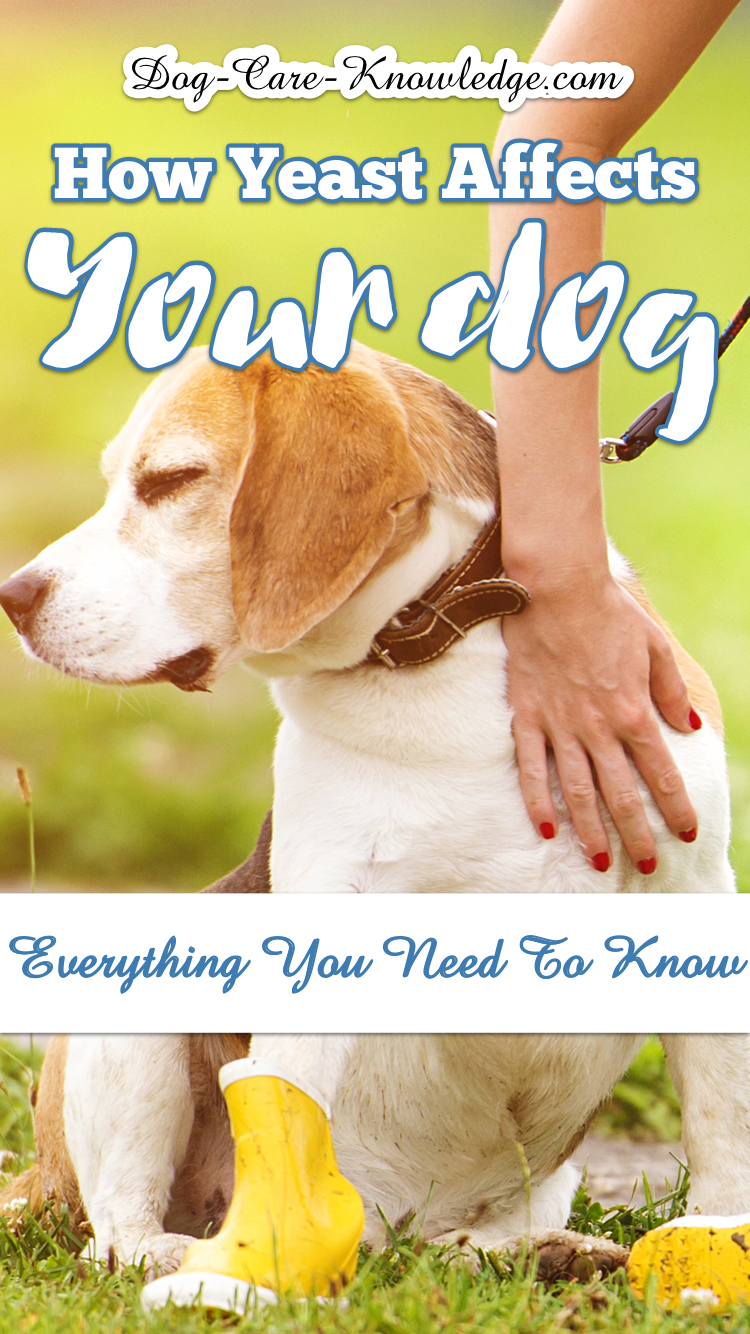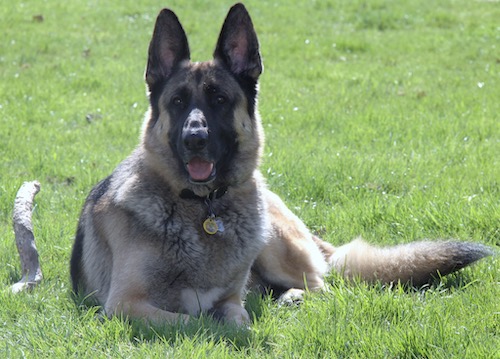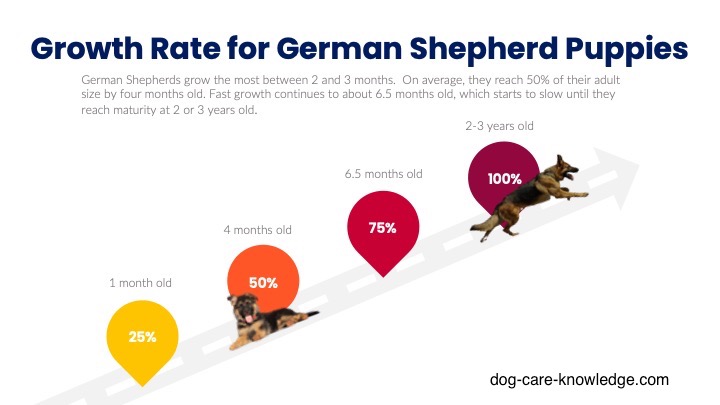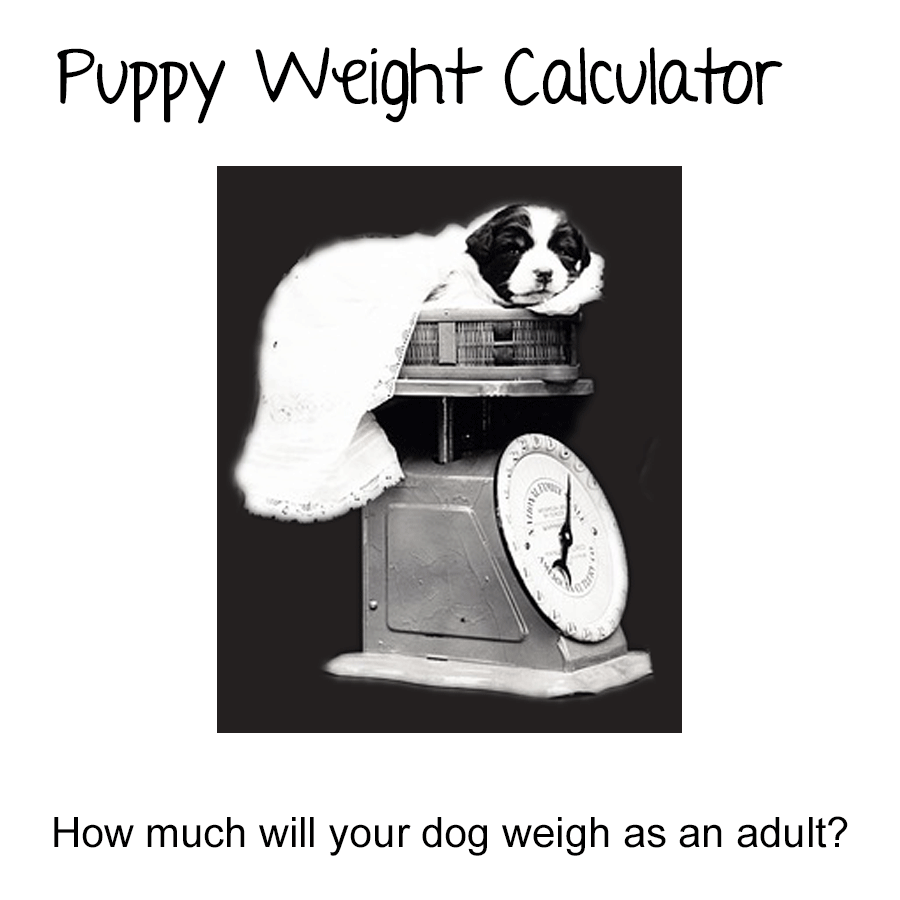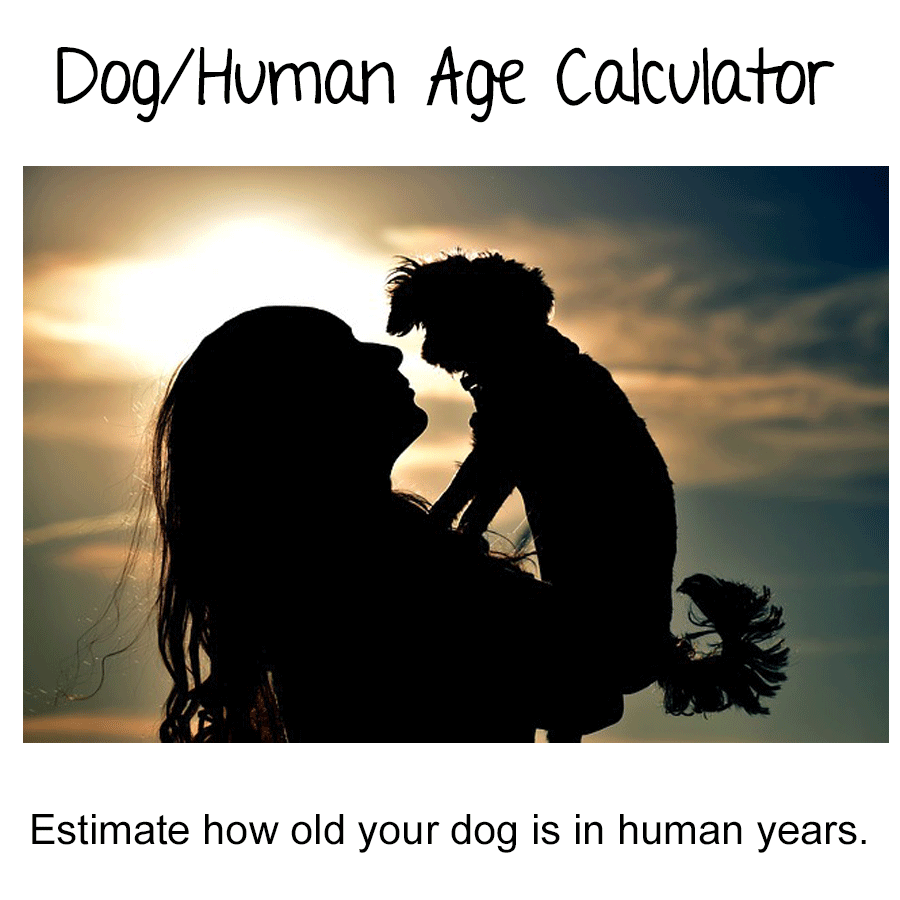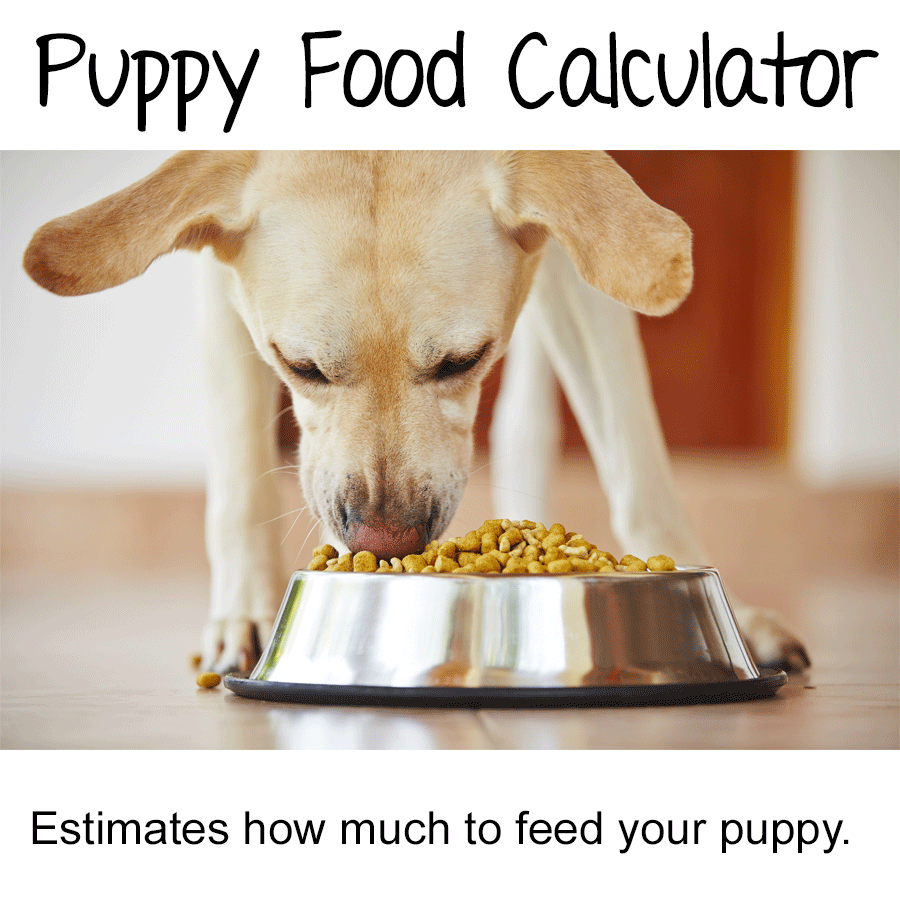- Home
- Dog Care Tips
- Dog Paw Problems
Dog Paw Problems
5 Tips To Protect & Heal
Dog paw problems can quickly escalate into a bigger problem if not treated early. Walking around outside exposes their feet to the elements. There's dirt, debris, bacteria, and all sorts of unmentionables left behind by other animals which can result in any kind of cut, tear, or cracked pad becoming infected.
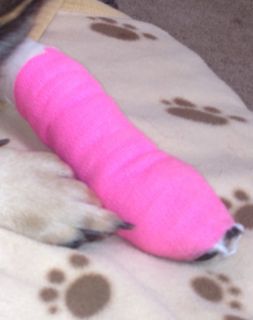
If you own a dog, sooner or later you're going to have to deal with some kind of problem with one of their paws. And when you do, you'll be pulling your hair out trying to get them to rest a paw. It's hard work! Using a sling or crutches is obviously not an option for dogs. Plus some dogs are constant chewers so they can make their paws incredible sore.
Luckily there's a way to treat dogs' pads, accelerate the healing process, and stop constant chewers, Here's the low down on dog paw problems you may encounter!
1) Yeast On Dogs' Paws
Let's start with the constant chewers. Anyone who has a dog that chews, bites, or licks their paws, knows what I mean.
My dog, Ava, frequently used to have her whole paw in her mouth and would spend ages gnawing at her feet, mainly underneath and in-between the toes. I thought it was just a habit until I found out it was yeast growing deep within her paws which was driving her crazy with itching. Actually I later found out that she was allergic to yeast so it was no wonder it drove her crazy! You can see how I found that out here!
It's quite a common problem for dogs to have yeast on their paws (and ears) especially in the hot and humid months. Dogs sweat from their paws which can make a moist environment that is ideal for yeast to grow. It's also extremely itchy! To address the problem you need to:
- Wash the paws daily with an anti-fungal shampoo
- Bathe your dog weekly with an anti-fungal shampoo
- Add probiotics and maybe digestive enzymes to the diet
- Reduce the carbohydrates in your dog's diet
Anti-Fungal Shampoo
Whether you're just washing your dog's paws or giving her an entire bath, using a good anti-fungal shampoo is key.
Look for one made from all natural ingredients that will gently cleanse the skin and paws without stripping your dog's natural oils.
Probiotics & Digestives Enzymes
Probiotics are a necessary supplement for any dog (or human) suffering from a yeast infection. Probiotics are friendly bacteria that live in the gut and help crowd out bad bacteria and yeast thus providing a natural defense.
When looking for probiotics for dogs you want one that has a wide variety of strains and is specifically made for dogs. You can find more information here. I like NWC Naturals Total-Biotics as it has 14 strains of live probiotics.
Probiotics
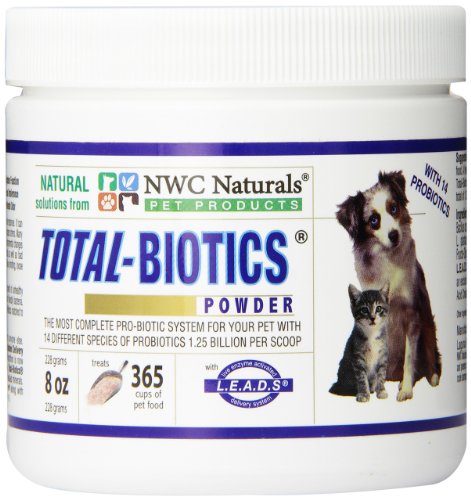
Digestive Enzymes
A good digestive enzymes is also going to be beneficial in fighting against yeast as it will break down the cell wall of yeast. Yeast is often a problem for dogs as it starts populating in the gut due to high reliance of processed dog food and sugary treats. Yeast thrives on sugar and processed foods. The problem starts in the gut but quickly manifests as a skin problem including on a dog's paws.
Supplementing your dog's diet with a good digestive enzyme will help with many problems, not just yeast. Look for a supplement that a high number of different enzymes but definitely ensure you use one that contains cellulase and hemicellulase as they are two enzymes that can break down the cell wall of yeast.
I like NWCNaturals Total-Zymes; it has 16 different digestive enzymes, including both cellulase and hemicellulase, and is made exclusively for dogs.
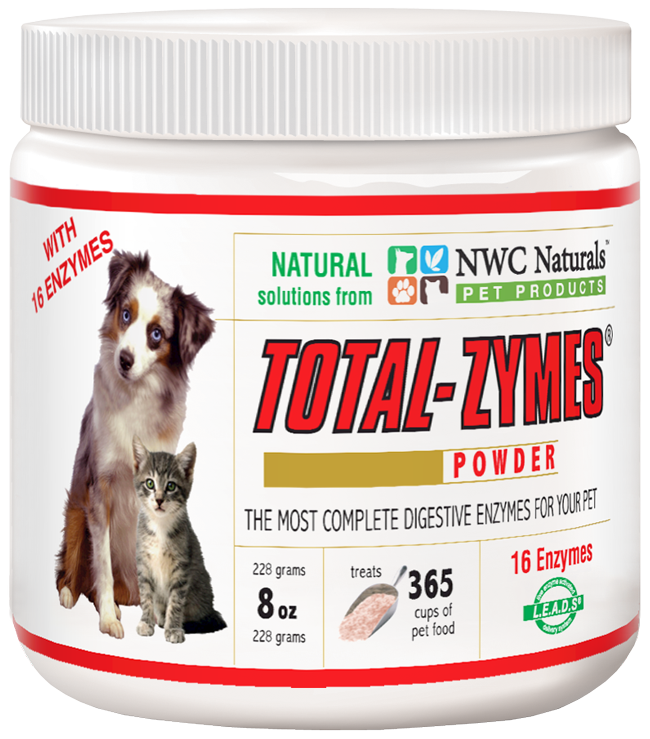
2) Healing Cut Pads
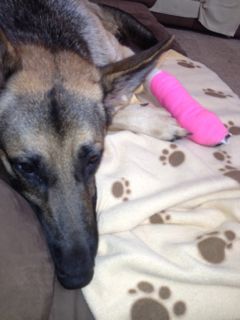
Don't you just hate it when your dog cuts or tears his pad?
In an ideal world, they would just rest and let it heal. But, come on, we all know that's not going to happen. They continue to want to run and play, no matter how hard you try to stop them, and of course the wound continually reopens when they do.
Even the pressure and weight from just walking can reopen a wound on the pad. So an alternative way to help with this, is surely a welcome relief from trying to keep your little wriggle-bum still.
Trying to stop them from running is exhausting, let alone trying to keep a clean, dry, bandage on. So let's show you how to accelerate the healing process for your dog's paw. (For cracked pads, go to tips to stop wound reopening).
First, use your own judgement, if it looks like a deep cut or bad tear then take your dog to your vets. Most vets do not stitch small cuts as stitches don't generally hold well on the pads, but your dog may need a course of antibiotics.
If it's just a regular cut, tear or crack then you can follow the steps below:
- Examine your dog's paw. If there's blood but you can't see an obvious wound then check your dogs' nails to see if he has ripped a nail. A broken nail, where the quick is cut, would also cause a lot of bleeding.
- Wash the wound with warm water and have a close look to see if there is any debris inside. If you see anything, then douse your dogs paw in a bowl of warm water to dislodge any debris. You can also use tweezers to remove anything that you can see.
- Clean the area with a diluted antiseptic, Betadine solution works well if diluted to the color of weak tea.
- Apply a small amount of antiseptic cream or spray to the affected area. You can purchase an antiseptic from most pet supply stores or you can use Neosporin.
- Wrap the pad in soft gauze to provide a cushioning for the pad.
- Next apply a pressure bandage, such as vet wrap, to the paw up to and including the wrist joint, leaving the front toes out.
- Ensure that the bandage isn't too tight that it cuts off the circulation. You should be able to insert two fingers in-between the bandage and leg.
If your dog licks or chews at the bandage, you can get some Anti-Lick Strips to wrap around the bandage or spray with Bitter Apple. If you are unsure how to bandage your dogs' paw, then take your dog to the vets. Usually a nurse's visit is sufficient to bandage a minor cut.
A good pet first aid kit will contain most of the supplies you need, which you can get from pet stores or from Amazon.
3) Tips That Stop Pads Re-Opening
(Also good for Cracked Pads)
When bandaging a minor cut, keep it on for at least three days. After that time you can cut the bandage off, but now comes the difficult part.... Keeping the wound from opening up every time your dog walks or runs! Luckily, there are a few things you can do to help.
|
If the wound keeps re-opening, You can apply a good sealant product. Try either Mushers Secret, EMT Gel, Bag Balm, or DermaGel. They also aid in the healing process by providing protection against infection. If your dog is likely to lick, then try the EMT Spray.
If it starts bleeding again, (and it probably will) you can simply stop the bleeding by applying pressure with some gauze. Don't re-bandage as the air needs to get to wound to heal. Once the bleeding has stopped, take the gauze away and reapply the sealant.
4) Protecting Your Dog's Pads
Although your dog's pads are very hardy they do need some kind of protection against the elements when it is very hot or cold out. In summertime the pavements can become extremely hot and will burn your dog's pads if they walk on paved roads. They also need protection during wintertime from snow, ice and salt.
Dogs' paws can also become irritated during wintertime due to salts that are spread on pavements and roads to melt ice. This often can cause irritation to dogs paws.
If this becomes a problem for your dog you can always invest in some dog boots (Mutluks) or apply a special foot wax (Musher's Secret).
My dog loves going out in the snow but hates icicles forming
in-between his toes and will limp as soon as it does. First time he did
this I naturally thought he had hurt his paw.
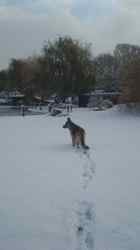
After thoroughly inspecting his paw, I found nothing there but ice and, sure enough, as soon as I removed this, primarily so I could see better, he was back to running around in the snow. That's when I found Musher's Secret and have been using it ever since to protect his pads and to stop the ice forming.
5) Grass Seeds in Paws
Other common dog paw problems include grass seeds being lodged in your dogs' paws. These frequently cause an infection if not removed. If your dog has been in long grass, check your dogs' paws for grass seeds. While you're at it, you should also check their ears as grass seeds get in there too.
|
Barley grass seeds are particularly bothersome to dogs. Barley grass is usually golden in color, you’ll notice the grass standing out in a park or field, as in the picture here. |
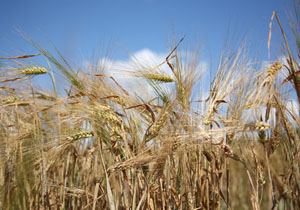 |
Keeping the fur short on dogs' paws will help to keep grass seeds out as well as to allow you to see clearly. Just trim the fur between the toes as part of your grooming routine.
Dog Paw Problems: When To See a Vet
Most problems with dogs' paws can be handled at home, however, you should consult with your vet if you notice any of the following:
- any kind of excessive bleeding or oozing
- pads that have sores on
- crusting at the base of the toenails
- thick calluses that push the toes out of position
- deep cracks that ooze or bleed
Finally, dog paw problems may be challenging to deal with but these tips and trick should have your pup back running around in less time.
